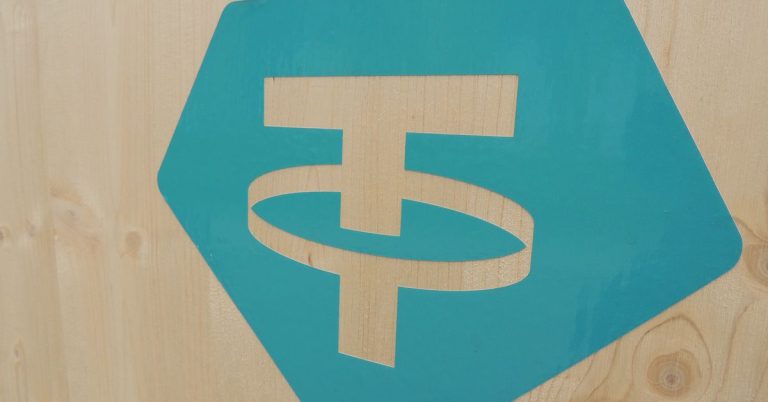
A new report suggests that a company behind one of the world’s most prominent stablecoins had resorted to using falsified documents or intermediaries to access bank accounts.
The Wall Street Journal reported on Friday that in order to retain access to the global financial system in 2018, Tether had used banking accounts under the names of executives of various companies.
The article stated that Crypto Capital Corp., a “shadow bank” that Tether had dealings with, had its funds frozen in 2018 due to investigations into its sister company Bitfinex. However, Tether allegedly opened at least nine accounts with Asian companies in October 2018.
A response from Tether representatives was not immediately available. Paolo Ardoino, Chief Technology Officer of the firm, tweeted on Friday that the WSJ article contained “a ton of misinformation and inaccuracies,” without providing further details.
According to an article published by the Wall Street Journal (WSJ), a report has surfaced that Tether Holdings, the issuer of the popular stablecoin USDT, used false documents in the past to open bank accounts. The emails seen by WSJ show that the company’s co-owner Stephen Moore was aware of the use of false sales invoices and warned that it could be used in a potential fraud or money laundering case.
Tether’s Chief Financial Officer, Gavin Potter, told WSJ that the company has dealt with banking issues in the past but managed to open new accounts or “route around it”. He went on to say that the crypto industry has to avail itself to “cat-and-mouse tricks”.
Recently, federal regulators have warned banks about the risk of getting involved with crypto-related affairs. Tether’s Chief Technology Officer, Paolo Ardoino, took to Twitter to respond to the article and said that the company has always been open and transparent with its banking partners.